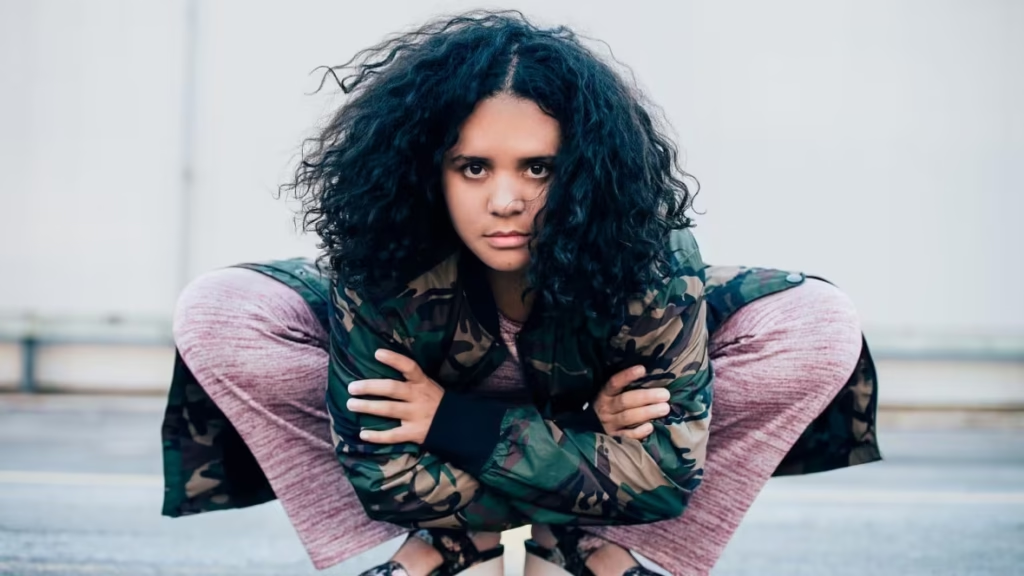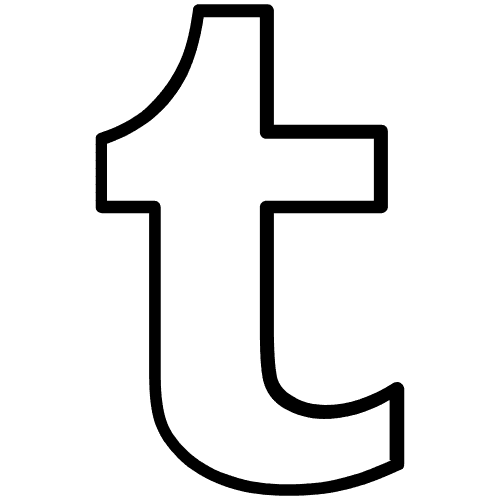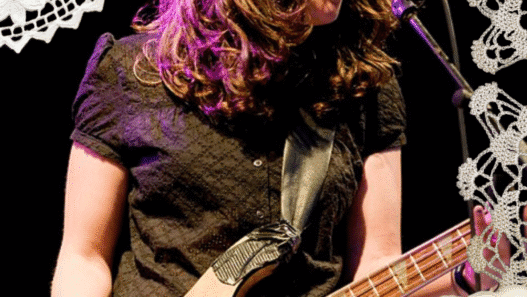The eyeliner’s smudged, the boots are scuffed — and they’ve never sounded better.
Punk has never been about youth. That’s a marketing lie cooked up by record execs who thought rebellion had an expiration date. But the truth is: real punk gets better with age — more raw, more weird, more razor-sharp. And right now, it’s women over 35 who are making some of the most vital, defiant, and genius punk music on the planet.
These are the women who’ve stuck around. Who’ve watched scenes rise and implode. Who’ve played to 12 people in a basement and 12,000 at a festival. Who’ve raised kids and raised hell — often at the same time. Their work isn’t just a contribution to punk; it’s a living archive of its evolution, its politics, and its refusal to die quietly.
Here are just a few of the still-thrashing, genre-smashing women who never got the memo that punk was just a phase.
1. Alice Bag (Los Angeles)
Punk matriarch. Chicana feminist. Former lead singer of The Bags. Now in her 60s, Alice Bag is releasing some of her most politically searing solo work right now. Her 2020 album Sister Dynamite is pure power — a riotous call to arms with hooks sharp enough to draw blood.
Start With: “Spark” — an anthem about refusing to shrink.

2. Julie Doiron (Moncton)
Best known from her days with Eric’s Trip, Julie Doiron has long blurred the line between lo-fi punk and emotional noise. Now in her 50s, she continues to release haunting, gritty records both solo and with bands like Julie & The Wrong Guys — a sludge-punk supergroup that sounds like crawling through heartbreak and coming out feral.
Start With: Julie & The Wrong Guys (2017). Then cry-scream into the void.

3. Mish Way (Vancouver)
Formerly the unstoppable voice of White Lung, Mish Way is now pushing 40 and still louder than your fave’s entire catalogue. Even if White Lung’s final album (Premonition, 2022) was a goodbye, it wasn’t a quiet one — it was scorched earth. She’s also a writer, mother, and feminist media presence who reminds us that punk doesn’t need to live on stage to still punch like it used to.
Start With: “If You’re Gone” — raw, unflinching, post-everything.

4. Kathleen Hanna (NYC/LA)
You thought we weren’t gonna include her? Please. Kathleen Hanna is punk’s forever girlboss. From Bikini Kill to Le Tigre to The Julie Ruin, her voice shaped entire waves of feminist art. Now in her mid-50s, she’s touring again, running Tees4Togo, and writing a memoir. Still making zines. Still flipping off the patriarchy. Still louder than ever.
Start With: “Rebel Girl” (because duh), then fast forward to The Julie Ruin’s Hit Reset.

5. Jen Shag (Boston)
If you know what’s happening in queer DIY punk, you know Jen Shag. The former drummer of The Shaggs and co-founder of Queer Rock Camp, she’s an activist and artist whose career has helped incubate new voices while still absolutely killing it behind the kit.
Start With: Her community work and live shows — they’re pure punk praxis.

6. Carla Bozulich (Los Angeles)
Experimental punk priestess. From The Geraldine Fibbers to her work with Evangelista, Carla’s voice cuts like broken glass. Her sound is unclassifiable — punk, noise, country, confessional dirge — and that’s exactly the point. She’s 58 and has never played it safe.
Start With: Boy (2014) for a slow-burn masterpiece.

7. Lido Pimienta (Toronto)
Okay, not traditional punk — but who cares. Lido Pimienta is politically fearless, genre-defiant, and disruptive as hell. Her art challenges colonialism, capitalism, and misogyny. That’s punk enough. At 38, she’s commanding global attention on her own terms.
Start With: Miss Colombia — then dig into her interviews and visuals.

Why It Matters
This isn’t just a listicle. It’s a rejection of the idea that punk belongs to the young, the thin, the male, or the freshly signed. Women over 35 are proving — on stage, in the studio, and in the scene — that punk is not a phase. It’s a practice. A politic. A choice to keep showing up.
So let’s stop treating aging in punk like a betrayal. Start treating it like a badge of honour. Because every time one of these women rips a solo or
Timeline: Punk Herstory in 15 Spikes
- 1977: The Bags form in L.A., with Alice Bag co-founding one of the first Latina-fronted punk bands.
- 1981: The Slits release Return of the Giant Slits, a genre-defying post-punk album led by trailblazing women.
- 1984: Mecca Normal forms in Vancouver; Jean Smith and David Lester create a fiercely minimalist and feminist project.
- 1989: Pussy Galore disbands; noise-punk and gender defiance linger in their wake.
- 1991: Riot Grrrl formally erupts in Olympia, WA — bands like Bikini Kill, Bratmobile, and Heavens to Betsy take the mic.
- 1993: Kathleen Hanna writes “Smells Like Teen Spirit” on Kurt Cobain’s wall — irony meets influence.
- 1996: Le Tigre forms, infusing punk with electronics, politics, and performance art.
- 1999: Julie Doiron wins Juno Award for Best Alternative Album — rare recognition for lo-fi, DIY punk.
- 2000: The Distillers’ Sing Sing Death House introduces Brody Dalle’s signature rasp and riot energy.
- 2006: Tanya Tagaq collaborates with Björk — redefining the boundaries between throat singing, punk, and avant-garde sound.
- 2010: The Coathangers tour relentlessly, solidifying their place in modern DIY punk history.
- 2014: Carla Bozulich releases Boy, one of the most haunting experimental punk records of the decade.
- 2018: Alice Bag drops Blueprint, featuring collaborations with Kathleen Hanna and Allison Wolfe.
- 2020: Lido Pimienta’s Miss Colombia brings feminist decolonial punk spirit to global stages.
- 2023: Le Tigre’s reunion tour reignites the riot — no nostalgia, just resistance.
Riot Grrrl Glossary (Expanded)
Riot Grrrl: A DIY feminist punk movement born in the early ’90s that fused music, zines, and political action. It emphasized intersectionality before the word was mainstream, challenging patriarchy, racism, homophobia, and corporate control through collective action and cultural subversion.
DIY (Do It Yourself): A core ethic of punk — a refusal to wait for validation or permission. In Riot Grrrl, this meant self-publishing zines, booking your own shows, creating your own record labels, and bypassing mainstream systems entirely.
Zine: A handmade, often photocopied booklet that combines art, writing, politics, and raw expression. Zines were the lifeblood of Riot Grrrl communication — open, confessional, radical, and free from censorship.
Queercore: A punk subculture that centres queer identity and defiance. Originally a reaction to the homophobia of mainstream punk and the apoliticism of mainstream gay culture. Zines and bands like Pansy Division, Tribe 8, and Team Dresch carried its flame.
The Grrrl Scream: A weapon of sound — unpolished, unfiltered, confrontational. It’s the scream that breaks silence, defies traditional femininity, and makes space in a male-dominated scene.
Girl Gang: A loose term for chosen creative family — Riot Grrrls, feminists, queers, and outsiders building scenes together. Not exclusive. Not hierarchical. Just powerful.
Slutwalk: A feminist protest movement that originated in Toronto in 2011 — not a Riot Grrrl invention, but deeply aligned in ethos. It echoes the same punk resistance to victim-blaming, respectability politics, and gender policing.
Third Wave Feminism: The academic term for the era Riot Grrrl belongs to. Intersectional, sex-positive, anti-establishment. It’s messy, political, and rooted in lived experience.
Punk Praxis: Living your values, not just screaming them. Whether through housing co-ops, free clinics, community shows, or activist zines, it’s punk made tangible.
Scene Cred: A sometimes toxic, sometimes empowering currency in underground music. Riot Grrrl pushed back by reminding girls they didn’t need to prove anything to be part of it.
These women aren’t anomalies. They’re the standard bearers. The blueprint. The messy, magnificent middle-finger to the idea that punk is for the young, for the boys, for the moment.
They’re proof that punk is a lifetime gig — and if you’re lucky, it gets louder with age.

Ready to Get Louder?
Punk doesn’t retire — it mutates, it resists, it refuses to fade. If these women are still thrashing, so can you.
→ Subscribe to The Edit for more unapologetic music herstories
→ Pitch us your own punk story — zines, playlists, basement-show memories welcome
→ Follow @shezinemagazine and keep the amps humming
Sources
- Maximum Rocknroll – Review: Alice Bag, Sister Dynamite (2020)
- Vinyl Chapters – “Alice Bag: Sister Dynamite Review”
- Vice – “Julie & The Wrong Guys Get Right and Heavy on Love & Leaving”
- Pitchfork – White Lung, Premonition Review (2022)
- The Guardian – White Lung’s blazing farewell review (2022)
- Wikipedia – Kathleen Hanna biography / discography overview
- Instagram – Kathleen Hanna’s Tees4Togo project
- Rolling Stone – “Kathleen Hanna Announces Memoir Rebel Girl” (2023)
- Boston Globe – coverage of Jen Shag and Queer Rock Camp (regional music press archive; search “Jen Shag” for features)
- AllMusic – Carla Bozulich discography and review of Boy (2014)
- NPR – “Lido Pimienta Brings Miss Colombia to the World” (2020)
- The Guardian – “Lido Pimienta: Miss Colombia review”

AXO (she/her) is a multidisciplinary creator, editor, and builder of feminist media ecosystems based in Toronto. She is the founder of She Zine Mag, Side Project Distro, BBLGM Club, and several other projects under the AXO&Co umbrella — each rooted in DIY culture, creative rebellion, and community care. Her work explores the intersection of craft, technology, and consciousness, with an emphasis on handmade ethics, neurodivergent creativity, and the politics of making. She is an advocate for accessible creativity and the power of small-scale cultural production to spark social change. Her practice merges punk, print, and digital media while refusing to separate the emotional from the practical. Above all, her work invites others to build creative lives that are thoughtful, defiant, and deeply handmade.
























